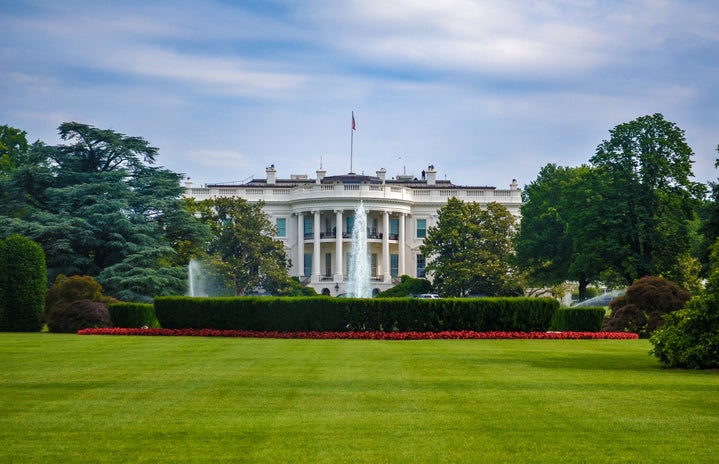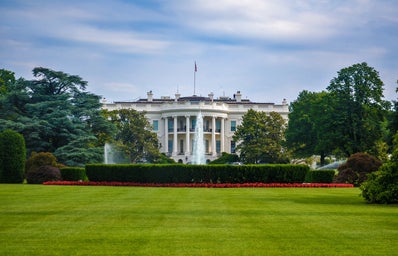Since January 20th, the day of his inauguration, Trump has not seemed to put down his pen. There have already been a series of executive orders delivered from the oval office, which leads one to question how much authority rests in such orders and where their impact will be made.
Taking a glance back in history can give citizens a better idea of what executive orders have done in the past, ranging from highly effective changes to indifference. Former president George Bush used an executive order to create the Department of Homeland Security. Executive orders can have a far smaller ripple effect, such as those in the past that have changed the presidential seal or flag. When it comes down to it, the president can decide how impactful such orders should be.
Federal agencies have been put on a “hiring freeze”, meaning new employees cannot fill positions they did not have previously. This applies to all agencies, whether it be the National Park service or NASA. The freeze will only be temporary and has no effect on the military.
An order was also signed to announce the withdrawl of the United States from the Trans-Pacific Partnership. This trade deal was originally drafted in 2015 and signed last year, linking the U.S. with eleven other countries.
Another order enforced tighter restrictions for border control near Mexico, also increasing the number of agents working to enforce immigration laws and giving approval for improvements to be made to the current border barricades.
An issue that has remained in flux since Reagan was in office, the Mexico City Policy, was reinstated by Trump to stop funds that support abortion lobbyists and international groups that perform abortions.
Finally. Trump signed an order that allows easier access American steel to aid the building of pipelines, including the highly debated Keystone XL Pipeline. The pipeline is meant to bring more Canadian oil to American, and with Trump’s added stipulation of requiring American steel to be the building material, create more jobs within the U.S.
So what do all of these executive orders mean in the long run? That is still unclear. Certainly they are a sign that Trump is chugging full-steam ahead to fulfill some of the promises made during his campaign, but commentators debate over whether such an aggressive approach will do him, and the nation, more harm than good. Others argue that striking early and striking fast will be the best strategy Trump can take to fulfill the plans he made prior to taking office. One thing is sure: in our nation of democracy, it takes more than one man to make big changes.

